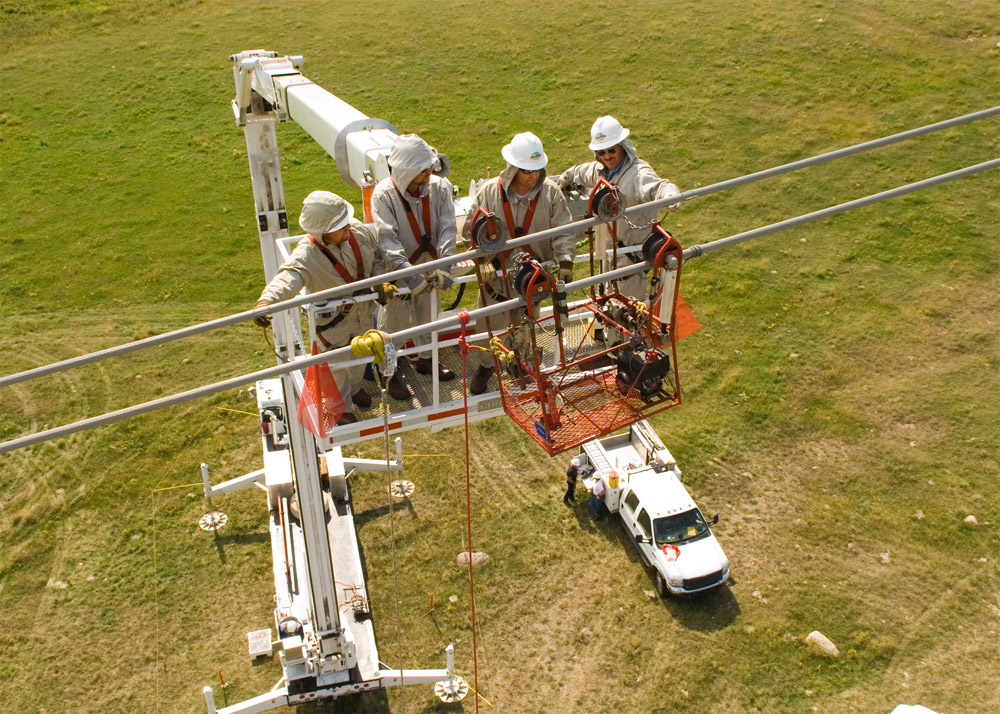Challenges of wind power:
- Wind energy in North Dakota has an average of 40 percent capacity factor.
Capacity factor means how often the wind turbine makes electricity. For example, a wind farm in North Dakota that is capable of generating 200 megawatts of electricity in ideal conditions will only create 80 megawatts of electricity on average because the wind does not always blow.
The North Dakota transmissionTransmission means the system of wires and poles that deliver electricity long distances from a power plant to a substation. system is limited in capacity.

Additions to the transmission grid are needed in order to expand the wind industry, which raises the cost of new wind farms.
- Siting a wind turbine or wind farm requires careful evaluation to not interfere with migratory bird paths, airports, crop dusting, and homes. Wind turbines can create a noise and shadow flicker from the sun that can be bothersome to humans.
Siting a wind turbine means that engineers must carefully consider where the best wind speeds are and also where there will be the least amount of impact to humans and wildlife.


